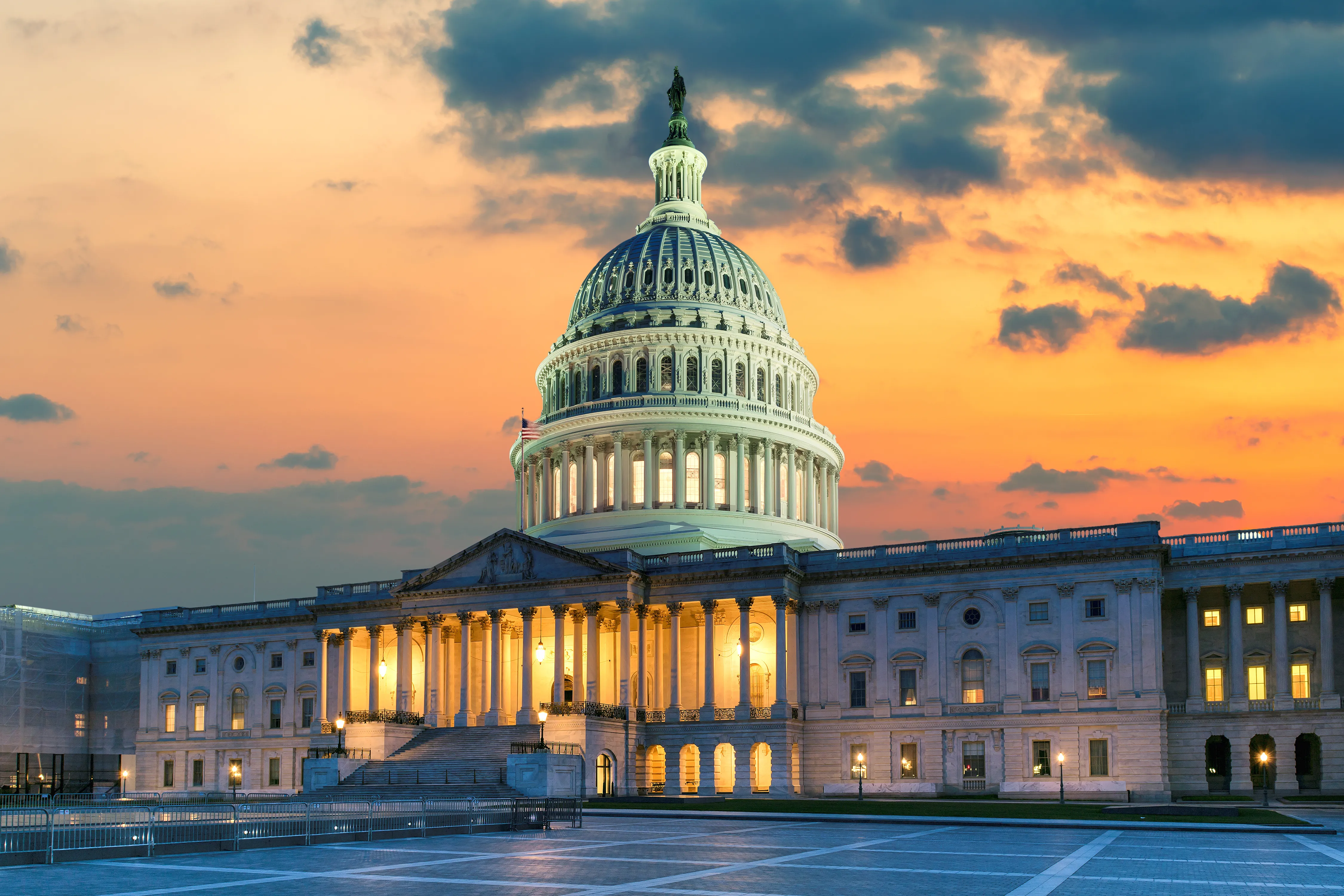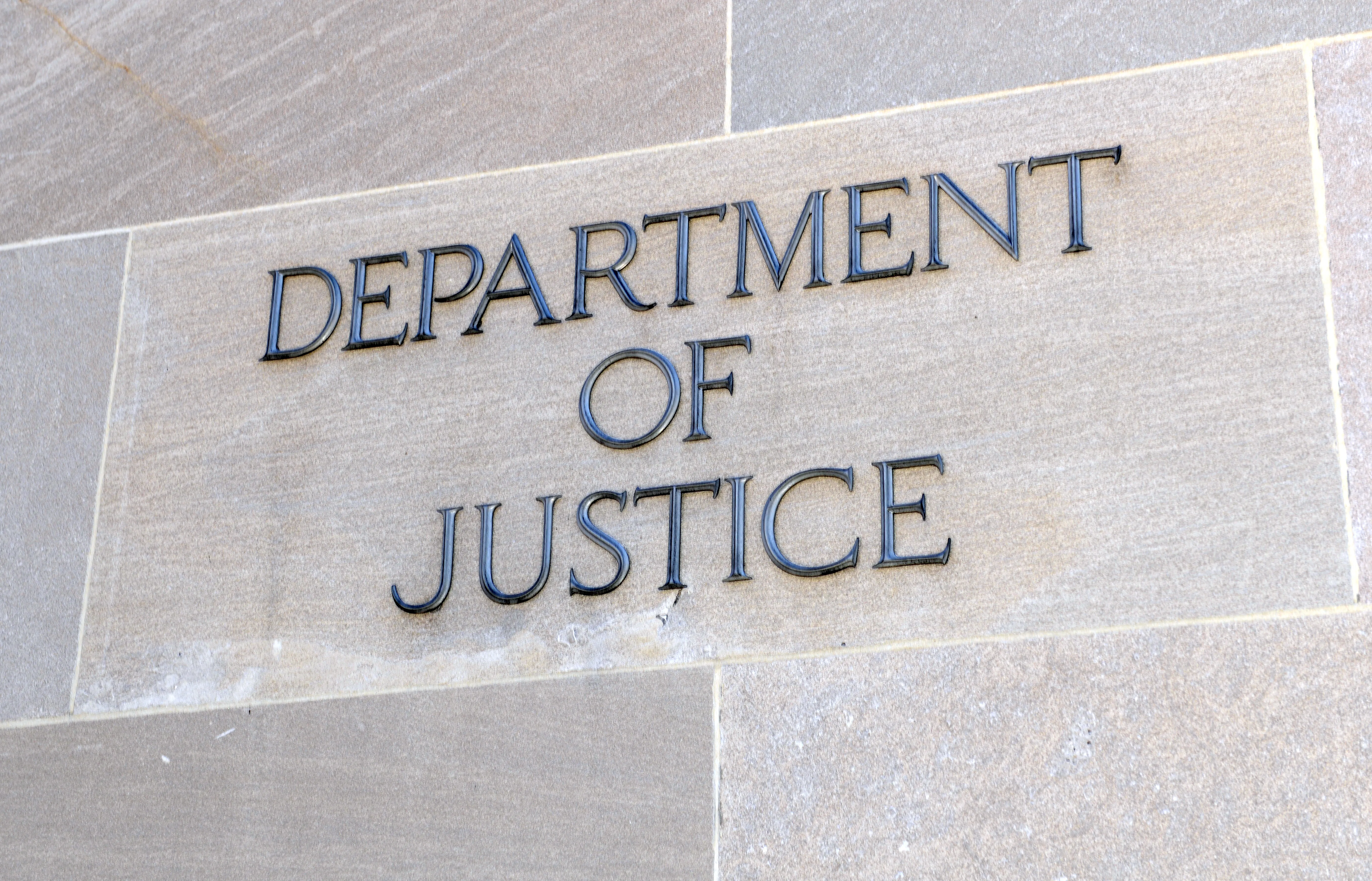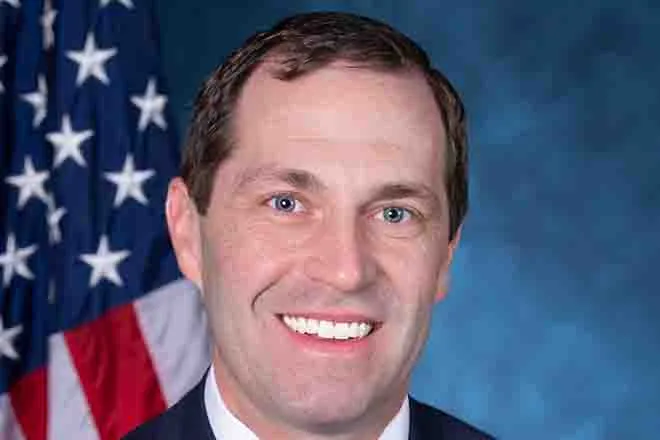
Opinion: Time for Colorado to Unite to Save Our Water
Nebraska Governor Ricketts is an elected official who I have always thought does a good job – especially for agriculture – and someone that I tend to support. With that said, he blew it earlier this month when he made some bold and inaccurate statements regarding Colorado’s water.
The fact is, Colorado is in compliance with our South Platte Interstate Compact.
Our compact says that we must deliver 120 cubic feet per second to Nebraska between April 1 and October 15. We do that and we do our best to not send them more than is required because of our needs as a state with both populous urban areas and a vital agriculture industry based in rural Colorado.
The compact also says that Colorado has full and uninterrupted use and benefit of the water in the river the rest of the time… except…
The exception is that 99 years ago there was a potential ditch near Ovid that Nebraska wanted to try to use for additional irrigation but abandoned and they referenced that ditch and future construction in the compact. They can complete that ditch anytime but in order to do so, Nebraska would have to buy land in Colorado, or try to use eminent domain and just take it. Rest assured, that won’t go any better for the Big Red Bureaucrats riding in to Colorado than it would in western Nebraska with any of their own land owners.
Governor Ricketts claims that our plans in Colorado could reduce water flows into his state by as much as 90%. Give me a break. I don’t know where his advisors learned their math but perhaps their schools teach that your answer is never wrong if you feel good about it.
On average over the last couple of decades, Colorado has allowed around 350,000 acre feet annually to leave our state over and above the requirements of the compact. Water that could be used in Colorado by Coloradans.
The consequences of this is that after all the court battles and millions spent on attorneys, if – and it is a big if – Nebraska would win, augmentation would be called out of priority. In other words, much of the farm ground along our South Platte River in Logan and Sedgwick counties would dry up. It would also destroy what Colorado accomplishes to meet our requirements for Endangered Species Protections.
So, what is the answer?
We finally have an issue in which all of Colorado can unite behind. Governor Polis in his State of the State address this year vowed to fight Nebraska over their claims. The way we do this is water storage.
The compact says that before Nebraska can take a drop of additional water, all of the water rights have to be satisfied upstream of basically the Prewitt Reservoir which means that if we build a reservoir in Morgan County, we could fill it before downstream uses and then utilize agreements and exchanges to allow our current augmentation to continue.
That same compact also gives Colorado the first 35,000 acre feet of water that passes the gauging station near the Prewitt Reservoir so let’s build a 35,000 acre feet reservoir near the state line.
It is interesting that if Nebraska builds this ditch and diverts water in the winter months, where will they go with it and what will they use it for. They attached a $100 million price tag for the entire project which doesn’t get them much in a consistent source of water.
I have a better idea. We in Colorado will work with Nebraska and partner in the cost of storage along the South Platte so both of us can benefit from a consistent source of water. The average 350,000 acre feet that we lose to Nebraska each year could be stored in Colorado and we can use a large portion of that to relieve the pressures from our urban cousins to dry up farm ground so they can water their lawns.
No matter what the outcome of their bizarre claim, we would be well advised to unite as Colorado residents and build that water storage with or without Nebraska’s help so that Denver, our wildlife that depends on the river and the farmers and ranchers that feed the world, have access to all the water we are entitled to use.
Jerry Sonnenberg
Colorado Senate District 1


















